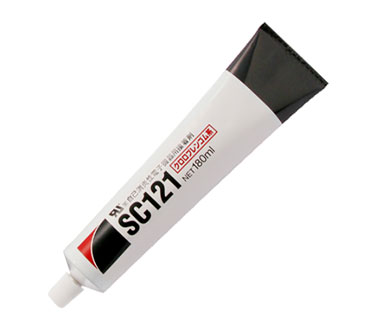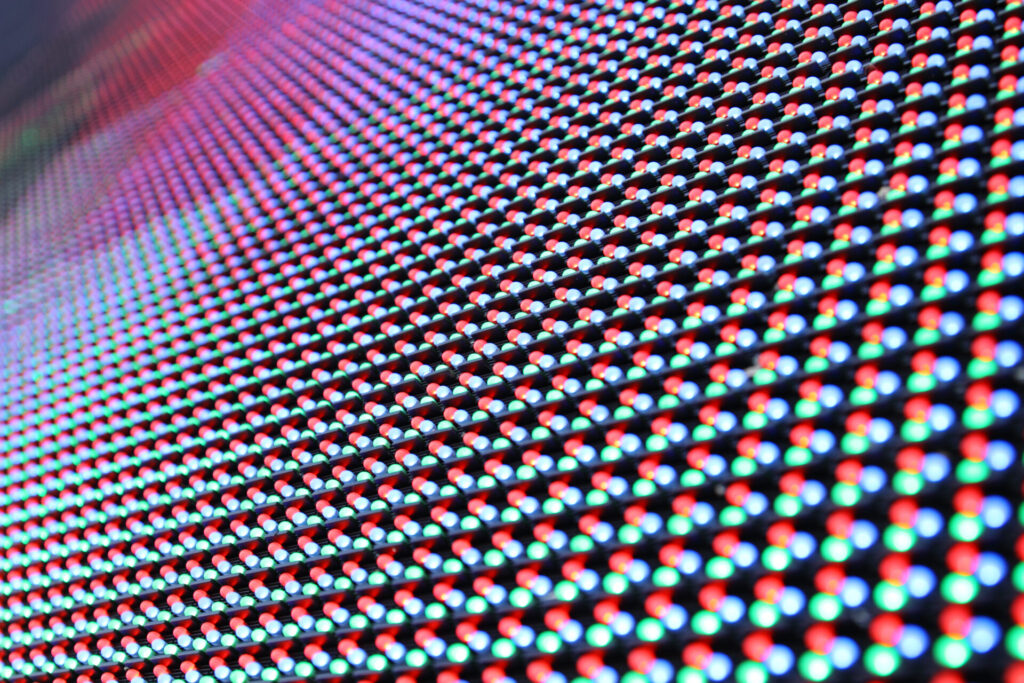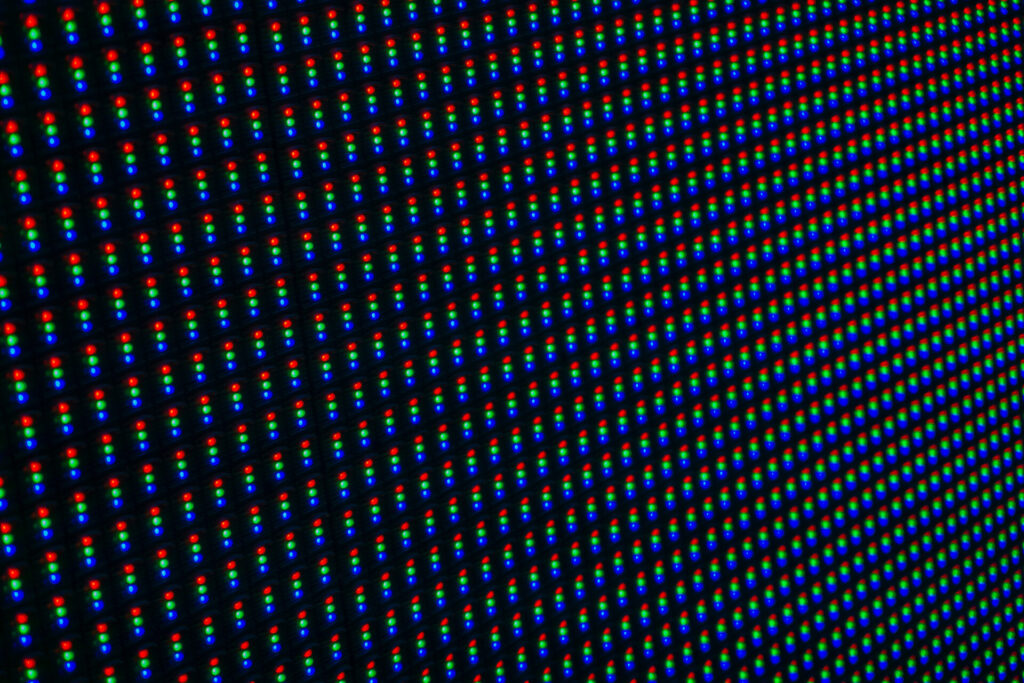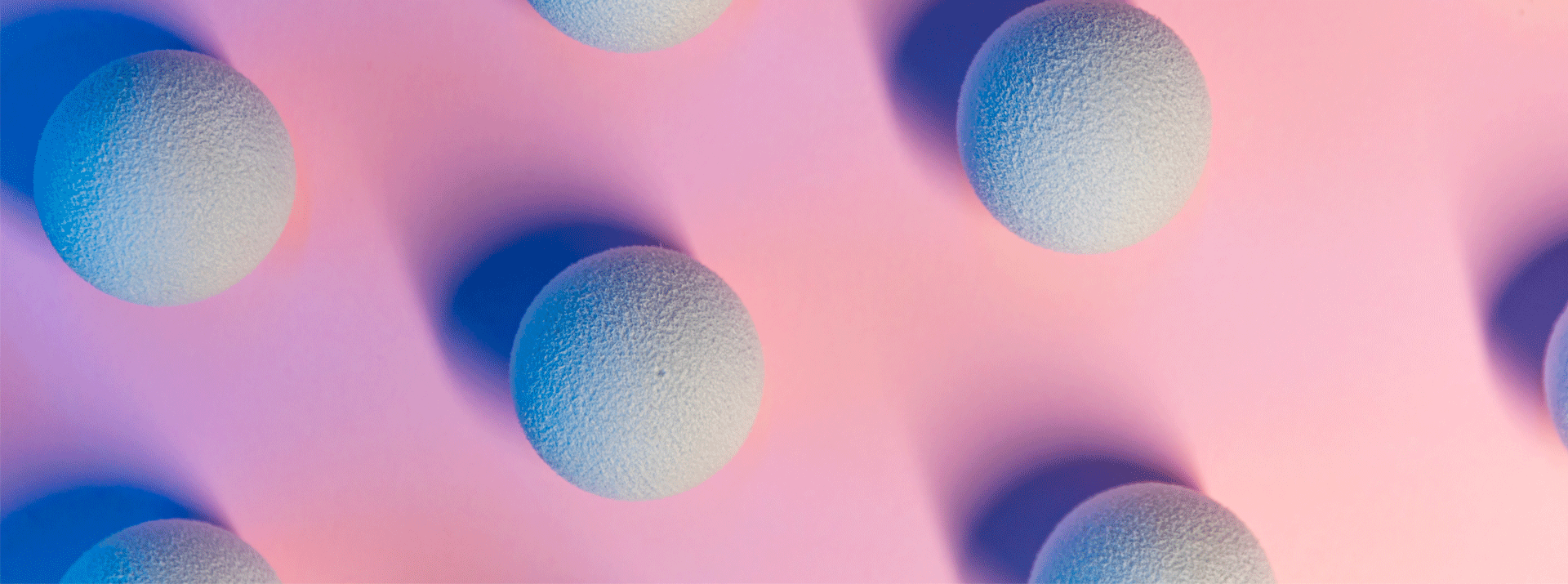
- Bonding Products
Five Challenges for Thermo-Curable Adhesives and Their Solutions
Contents
Five improvement areas for thermo-curable adhesives
While thermo-curable adhesives are widely used in the adhesion of electronic parts, some of their characteristics have led to a need for improvements. Five of those improvements are outlined below.
1. Low-temperature curing
Many thermo-curable adhesives are cured at temperatures between 120 and 180°C, making it difficult to use them with adherends with low heat resistance. Due to factors such as plastic materials with high heat resistance being very expensive, the need to avoid even the slightest heat warping for optical parts, and the need for product miniaturization (heat resistance decreases as adherends become smaller and thinner), there is increasing need for thermo-curable adhesives that can be cured at low temperatures of 60 to 80°C.
2. Fast curing
Thermo-curable adhesives do not harden in seconds like UV-curable adhesives.Many products require 30 minutes to a few hours to cure, sometimes creating a bottleneck when trying to boost productivity.
3. Outgassing reduction
There is a possibility that low-molecular-weight components of thermo-curable adhesives gasify during or after curing, contaminating the device or working environment.
4. Improved precision of secured part positioning
Due to the time required for curing, it is necessary to maintain the adherend with high precision until hardening is complete.
5. Higher reliability
Even higher reliability is being required of adhesives as electronic devices become smaller and higher performance.
In order to meet these needs for improvement, Dexerials is working to develop innovative new thermo-curable adhesives.
Meeting needs for improvement
The needs for improvement outlined above have not emerged recently—they are ongoing development themes that have not yet been resolved. That said, numerical targets and objectives are constantly being updated to match technological advancements and market needs. The critical factor here is that the improvements must be made without sacrificing other characteristics, but there are always tradeoffs in the form of impacts on other characteristics when attempting improvements. To improve thermo-curable adhesives, it becomes necessary to identify a solution that meets these needs with no drawbacks.
Before we discuss Dexerials’ specific solutions, we will touch on the efforts made thus far.
For low-temperature curing and fast curing, the needs for improvement themselves create a tradeoff situation. In general, raising the curing temperature means faster curing, and lowering it means longer curing times. It is not as simple as lowering curing temperatures or shortening curing times—curing temperatures and curing times must be designed to meet the needs of each use case.
In other words, we want the adhesive to harden with convenient timing (temperature and time).
To enable low-temperature curing and fast curing at the same time, the basic approach is to design adhesives with higher chemical reactivity that can harden with low-energy activation. That said, an adhesive that hardens with a single touch is a problem as well. To address this, there are two-component thermo-curable adhesives that separate the main adhesive and the curing agent to prevent unexpected curing.

Two-component systems do not react at all unless the two liquids are mixed together. Because of this, they can be stored for long periods of time while maintaining the ability to adhere with low-energy activation and are used in many situations, such as paints for cold regions and low-temperature curing adhesives used at near room temperature as a solution for low-temperature curing and fast curing.
On the other hand, two-component systems require the two liquids to be mixed evenly at an accurate ratio to achieve stable performance. In applications such as mobile devices that require a high level of precision, even slight discrepancies in mixing ratio or unevenness in mixing produce fluctuations in adhesion quality, resulting in a risk of sacrificing the improvements of higher precision when position secured parts and higher reliability. This creates the need for accurate and swift operation in the customer’s workplace.
New efforts in thermo-curable adhesives
One-component adhesives are preferred over two-component adhesives for precision equipment.
Since one-component adhesives cure on their own, stable adhesion can be achieved without the concerns associated with two-component systems such as discrepancies due to mixing ratio, uneven mixing, and unevenness in liquid components. They do, however, have disadvantages—some products can begin hardening when left alone at room temperature due to one-component systems’ ability to begin reacting when exposed to even slight heat. As a result, many one-component systems are generally stored in freezers. They are left at room temperature from a few tens of minutes to an hour before use to thaw in the container. Once thawed, specified amounts of the adhesive are used by employing a precision dispenser.
From the standpoints of material precision, convenience, and productivity improvement, Dexerials is focused on the development of one-component thermo-curable adhesives.
Next, we will touch on a product that Dexerials succeeded in developing by overcoming the challenges facing thermo-curable adhesives.
Epoxy cationic polymerization thermo-curable adhesive using a latent polymerization initiator
Of the many adhesives developed at Dexerials, a recent successful innovation is a product combining epoxy cationic thermo-curable adhesives with encapsulated polymerization initiators.
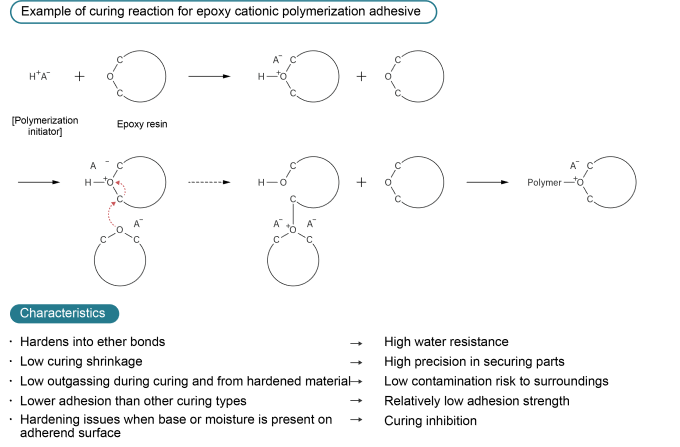
Because the resulting cured material primarily consists of ether bonds, epoxy cationic adhesives feature high water resistance, low curing shrinkage, and less outgassing during curing, thus addressing two of the aforementioned improvement needs. They do, however, also have disadvantages such as slow curing reactions and issues stemming from the polymerization initiator. As a result, they were rarely considered as an option for adhesives to secure precision parts.
Based on our belief that epoxy cationic thermo-curable adhesives’ low curing shrinkage had the potential to become a great advantage in the field of precision adhesives and could enable the development of new applications, we began working on improving this reaction system. Conventionally, the toxic antimony (Sb) is often used as a polymerization initiator for this reaction system, and this is one reason these adhesives have been avoided. We therefore began our efforts by improving the polymerization initiator. In developing a new polymerization initiator, we aimed to not only achieve low-temperature fast curing, but also ways to create the initiator without using toxic materials or halogens. We ultimately arrived at our current initiator. But while the new initiator met expectations for low-temperature curing and fast curing, it was highly active to the point where the curing reaction would start immediately when added rather than at the most convenient timing. A one-component system was a requirement given adhesion quality and ease of use in production, and this in turn created a need for a way to create latency by hiding activation until the desired timing.
The method we devised to add latency to the new polymerization initiator was to enclose the initiator in a polymer capsule made with our own unique manufacturing process. Made of a special polymer, the capsule would break when the temperature rose above a certain point, allowing the initiator inside to come into contact with the surrounding liquid and begin the reaction. As long as the temperature does not exceed the threshold, the initiator remains inside the capsule and curing does not occur. The development of this latent polymerization initiator for thermo-curing enabled a one-component solution that could harness the benefits of epoxy cationic adhesives’ low curing shrinkage in the field of thermo-curable adhesives.
@0.5x_E.png)
Dexerials is exploring further applications of this latency technology by further evolving the technology to encapsulate high-activity materials and the polymer capsule technology to control reactions. We are also further improving the resin used as the main agent. The new cationic polymerization thermo-curable adhesive will be able to meet a variety of customer needs such as low-temperature curing, fast curing, and reduced ionic impurities and outgassing. Dexerials will continue to focus on this area and work to spread use of the technology.
* Dexerials produces and sells thermo-curable adhesives that use latent curing agents, but please note that it does not sell latent curing agents to external parties.
- SHARE
 Back to top
Back to top  Contact us
Contact us 


